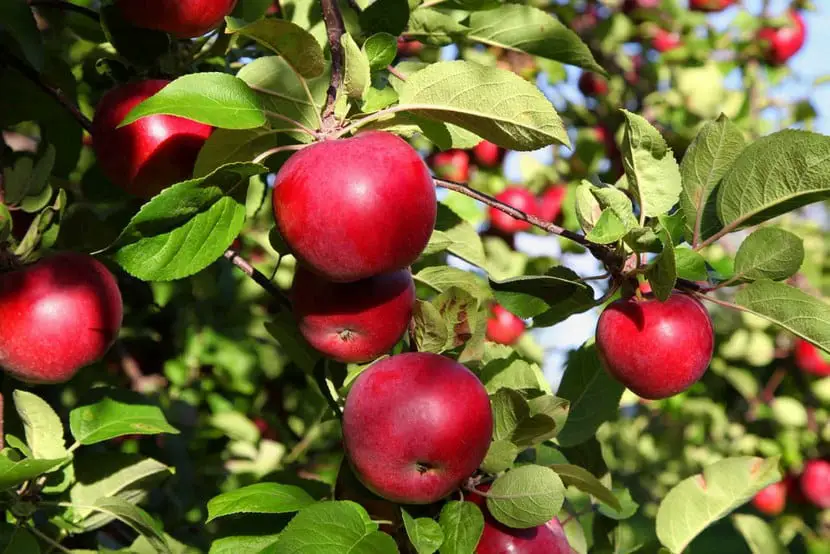
Well, the proper development of the fruits will depend on the correct hydration. So if you want to taste sweet apples and lemons in their perfect acidity, pay attention to this post because we will help you know how to water fruit trees.
The first thing to know is that in the case of young trees, irrigation must be abundant, but when the tree is established and well developed, it is possible to reduce irrigation.
Irrigation frequency

If what you are looking for is a strict rule, then I must tell you that it is time to renounce it as there are multiple factors that intervene in irrigation and to which you must pay attention to know when to water fruit trees.
The best thing you can do is take into account the species you have as each species has different needs. In addition, the size of the tree will have an impact since smaller trees need less water than large ones. It is also important to study the time of year because, as with all plants, the warmest months are also those that require more irrigation as the water evaporates faster. Although spring is a pleasant season with medium temperatures, it is also a time of intense development in which flowers and fruits are born, so it is necessary to water in abundance to favor the effort of the tree.
Finally, take into account the type of soil, since the sandier soils are more demanding in water than those lighter where there is a higher humidity due to the fact that the water is retained for a longer time.
A tip to help irrigation? Place a layer of mulch at the base of the tree to help retain water for more spaced watering. On the other hand, remember that if you grow fruit trees in pots, you must water more frequently since the water is conserved for less time in the earth due to the low quantity.
Type of irrigation

Of all the types of irrigation, the best for fruit trees is localized irrigation. There are four alternatives to start it up. The most widely used method is drip irrigation, which consists of a series of emitters that are placed around the tree (between 4 and 6 depending on the size of the specimen) and are responsible for moistening the root zone.
It is also possible to practice irrigation with exudation cingtas, a system chosen in the case of fruit trees that live in sandy soils since this method allows the humidity to remain in a wide portion of the land.
Finally, there is irrigation by micro-sprinklers, where they impregnate the tree in the form of rain.
